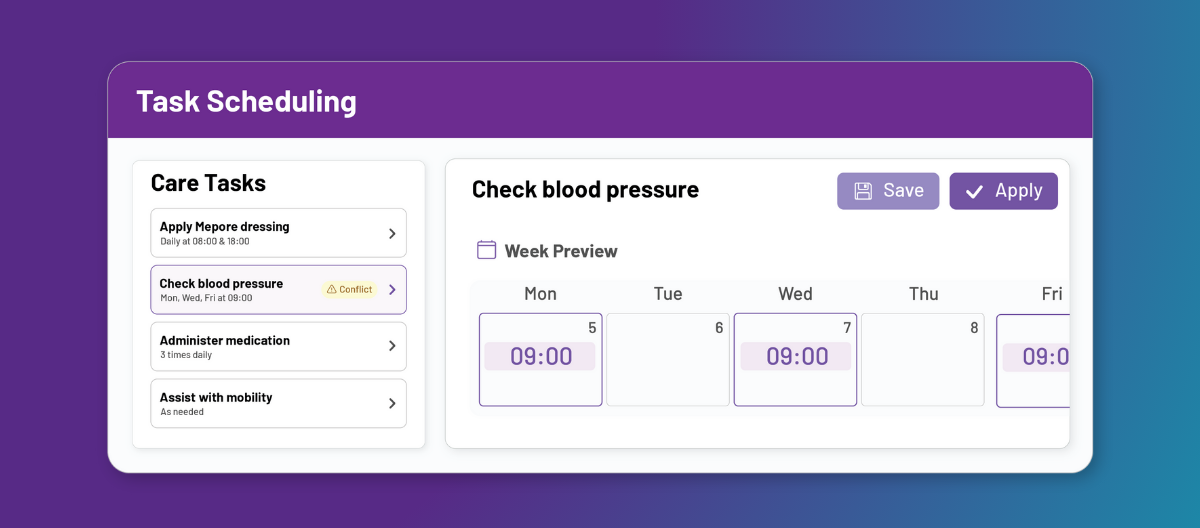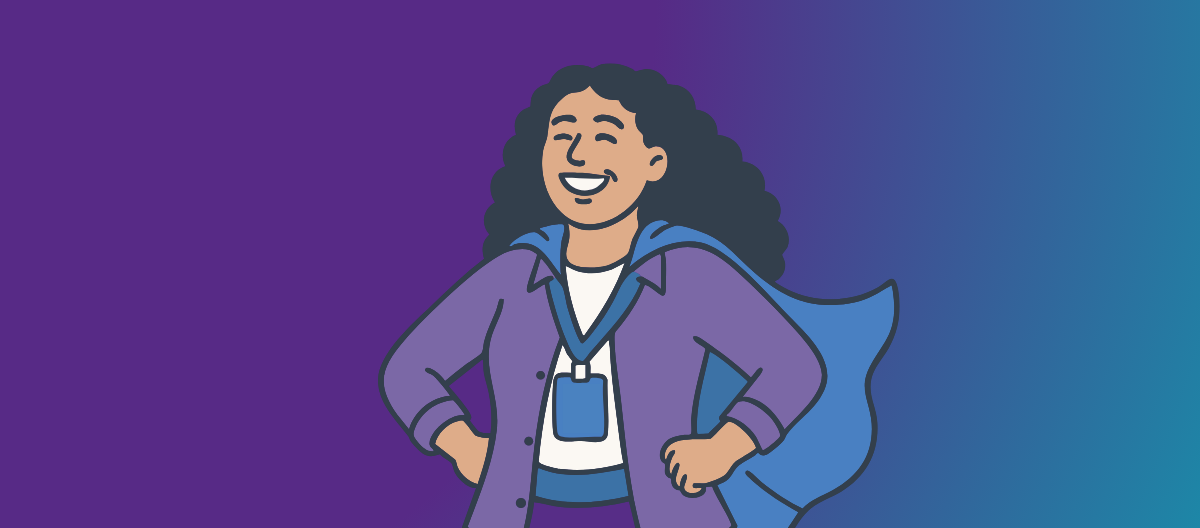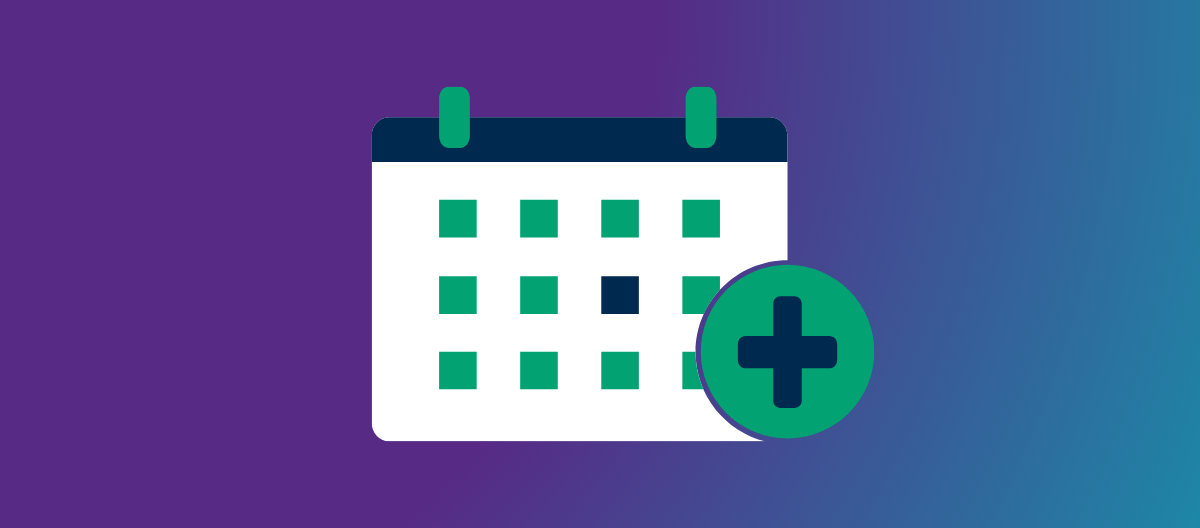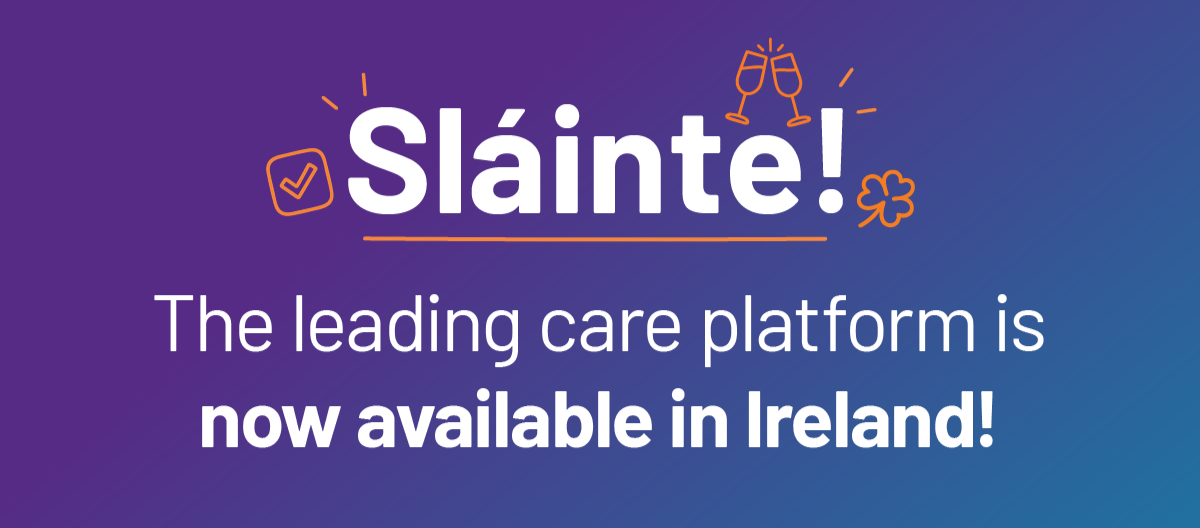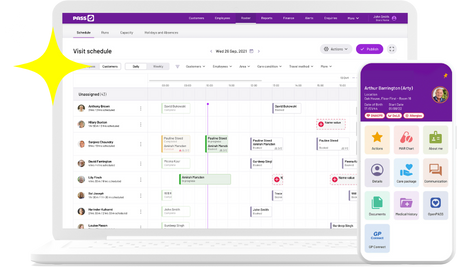As a care provider, how to promote equality and diversity in health and social care should be a key consideration. Whatever their background, language, or health conditions, your clients deserve to receive great care.
Supporting equality and diversity in your care facility or agency is important for several reasons. It means that your service users and staff members are respected, kept safe, and have the rights they deserve. And it’s also required by law.
In this article, we’ll look at what equality and diversity is, and why it’s important to promote equality and diversity in health and social care settings. We’ll also explain how to promote equality and diversity in health and social care, so that your clients and colleagues are supported in a welcoming and inclusive environment.
Many providers use care management software to help ensure fair, consistent, and person-centred support across their teams.
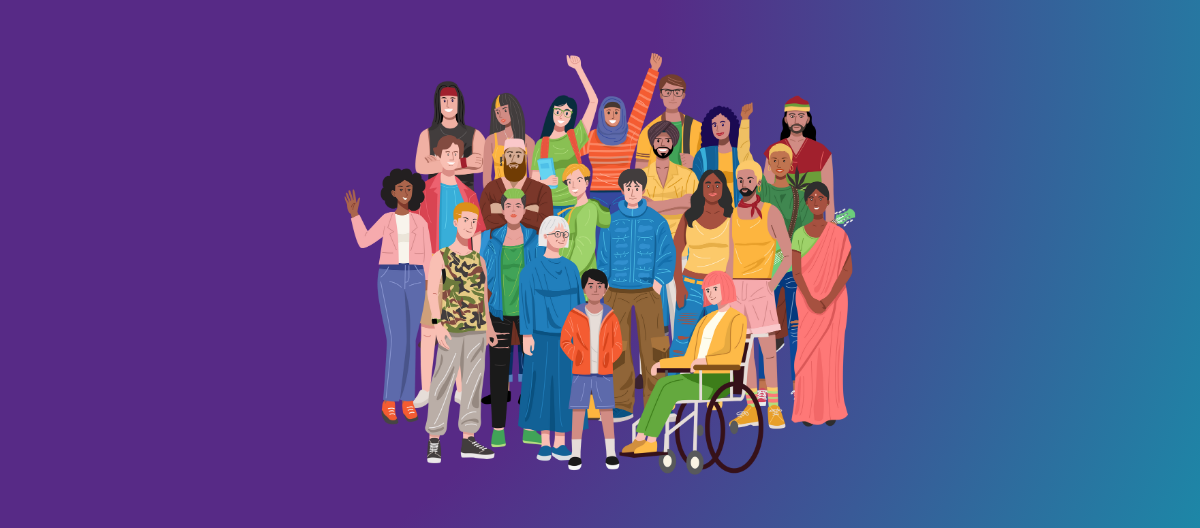
Table of Contents
What is equality and diversity in health and social care?
Equality is about treating people fairly, according to their needs. Your clients should receive a good care service, whatever their background, abilities, beliefs or experiences. Clients should receive:
- fair and equal treatment
- tailored, person-centred care
- support in removing barriers that prevent them accessing necessary services
Diversity is about acknowledging and celebrating differences. Your clients may come from many backgrounds, and have a variety of different histories, beliefs, experiences and abilities. Care providers should recognise those differences, and respect their clients’ values and beliefs.
Respecting equality and diversity leads to inclusion. Your clients and their families feel included and valued.
Of course, equality, diversity and inclusion aren’t only important for service users. They are also key to making your staff team feel appreciated and involved. Your colleagues will have a variety of backgrounds, beliefs and experiences, and you should respect these.
What is inequality?
As care providers, you cannot change the fact that some of your clients will have different needs. Promoting equality and diversity in health and social care does not mean that everyone must receive the same service – the support you offer clients should always be tailored to their own needs.
You should ensure that your clients and potential clients can access they services they need and want.
Some examples of inequality may include:
- Clients who don’t speak English not being able to understand key documents
- Wheelchair users not being able to access areas of a building
- Care facilities hosting events for Christmas, but not celebrating Diwali or Eid, even if their clients are Hindi, Sikh or Muslim
In many cases, inequality is accidental. But, as a considerate care provider, it is your duty to spot inequality and work to ensure your clients are included.

What is discrimination?
Discrimination is where someone is treated differently because of certain characteristics, such as their race, disability, or religion.
Discrimination may include:
- Direct discrimination, where someone is treated unfairly because of a certain characteristic – for example, refusing to provide care to someone due to their religious beliefs
- Indirect discrimination, where certain groups are disadvantaged because of rigid policies – for example, requiring all care workers to wear a uniform that doesn’t account for certain religious requirements
- Harassment, where people are forced to endure a hostile environment – for example, offensive jokes or comments being common
- Victimisation or retaliation, where people are treated poorly for speaking up about discrimination
Both service users and care workers can be victims of discrimination. For example, a client harassing LGBT carers is discrimination, as is a carer who refuses to provide a translator for a client.
Support equality and diversity with PASS 💡
PASS gives you digital tools to record personal preferences, cultural needs, and communication requirements, ensuring every client receives safe, person-centred care that respects who they are.
Book a tour today to see how PASS can help your organisation promote inclusion and meet every client’s individual needs.
Why is it important to promote equality and diversity in health and social care?
Promoting equality, diversity and inclusion is good for service users and care workers. It gives people fair opportunities, and helps to make sure that clients and colleagues are treated with respect.
Why is equality and diversity important in health and social care for clients?
Depending on your location and the clients you support, you may find that you care for people from a variety of backgrounds. Although some care providers support clients from only one faith or heritage, many more will have service users with a range of nationalities, languages, and health conditions. And all of these clients deserve to feel valued and respected.
Your clients may have different needs with regards to:
- diet
- language
- clothing
Respecting these needs means that your service users are more likely to feel satisfied with their care.
For many clients, especially those who have recently been through changes in their health or living conditions, receiving care can feel daunting. Respecting their background, beliefs, and experiences can help to put them at ease, and help them meet their goals.
Why is equality and diversity important in health and social care for staff members?
The health and social care sector often employs workers from overseas. As a care provider, your colleagues may come from a variety of backgrounds, and have a range of beliefs, abilities and experiences.
These backgrounds and lived experiences can have a positive influence on your care organisation. Whether you work for a care home, domiciliary care agency, or other care provider, having a diverse workforce can bring new perspectives to the table. This can help with everything from marketing to discussing difficult topics with families.
A more diverse workforce can often also reflect your client demographics – for example, if you live in an area with a large population of speakers of a certain language. Clients may feel comforted knowing that their carer understands their heritage and culture.
Every worker deserves to feel valued. Respecting and appreciating your team’s heritage, experiences, and diverse perspectives is likely to lead to increased morale, lower turnover, and improved client outcomes.
The legal aspects of equality and diversity in health and social care
The Equality Act 2010 makes it illegal to discriminate against anyone because of:
- age
- sex
- being married or in a civil partnership
- pregnancy
- disability
- race
- religion or belief
- sexual orientation
- gender reassignment
These factors are called the protected characteristics, and it is illegal to treat someone poorly as a result of these.
There are times when you may need to treat a client or member of staff differently because of a protected characteristic. For example:
- A service user’s dementia may have progressed to a point that supported living can no longer provide enough help for them, and you may need to talk to their family or social worker about moving them to a specialist dementia care home. This is legal.
- A pregnant carer may not be able to undertake moving and handling tasks, so they might need to have their schedule changed on the roster or have other adjustments made to their role. This is legal, as long as their terms of employment remain the same and they can return to their previous role later on.

How to promote equality and diversity in health and social care
There is no one way to explain how to promote equality and diversity in health and social care. It depends entirely on your organisation, client base, and staff team.
However, there are some areas that all care providers should consider when considering how to promote equality, diversity and inclusion, including:
- Recruitment
- Training
- Care planning
- Organisational culture
Recruitment
It is important to avoid direct and indirect discrimination when hiring new team members. However, unconscious bias can sometimes affect recruiters.
To ensure that your hiring process is as inclusive as possible, you could try:
- Advertising jobs in multiple places to reach a wider range of applicants
- Removing names from CVs to avoid any bias due to race or gender
- Involving multiple colleagues in each stage of the hiring process, to reduce the risk of one person having too much influence
Training
Discrimination and inequality are often unintentional. Training sessions can often educate and help well-meaning colleagues avoid accidentally treating others unfairly.
Your organisation may already have policies and procedures about equality and diversity training, especially if you work for a large company or charity.
Training for carers around equality and diversity could include:
- The Care Certificate, which includes a section on equality, diversity, inclusion and human rights
- The Equality and Diversity Rights in Health and Social Care Level 2 qualification, or equivalent, which explains the principles of equality and diversity in health and social care
- Arranging informal talks or training sessions from local organisations on specific topics such as LGBT experiences, certain health conditions, or a religious culture
- Arranging sessions on cultural competency, microaggressions, or other workplace diversity training for colleagues

Care planning
As part of the care planning process, you should get to know your clients well. Part of this will involve learning about their life story, their needs, and their goals.
Using care planning software can make this easier, ensuring every detail about a client’s background, preferences, and cultural needs is recorded and shared with the care team.
When you onboard a new care client, you should go into the process with as few assumptions as possible. For example, a client’s name does not always reflect their cultural heritage, and a client who has been married is not necessarily heterosexual.
During the care planning process, you could ask questions such as:
- What is your preferred name? This may be different to your legal name.
- What is your first language? What language are you most comfortable using?
- What is your cultural background?
- What is your religious or spiritual background?
- Are there any particular religious practices that will affect your care? This may include hair care, hygiene practices, or meal planning.
- Are there any holidays or observances that are important to you?
- Would you like to attend any religious services or community events?
- Do you have any dietary restrictions or preferences?
You could also ask about different cultural views around communication and politeness. For example, in some cultures it’s polite to refuse food and drink when it is first offered – if carers take this as a definite refusal, a client could go hungry.
Involve clients’ family and friends in the care planning process if possible, and hold regular reviews. Clients and their relatives should be invited to speak up about issues, and should know the procedure for raising concerns to management if they are not comfortable speaking to individual carers.
Organisational culture
Whether you’re a manager or a carer, you can make sure that you aren’t contributing to a discriminatory culture by:
- Avoiding assumptions about people’s sexual orientation, religion, race, or other characteristics
- Celebrating differences and learning about other people’s experiences
- Ensuring that you don’t treat clients or colleagues poorly because of their background, age, disability, sexual orientation, or other protected characteristics
- Ensuring that you don’t speak poorly of people because of protected characteristics
- Speaking up when you notice discrimination – this may include challenging your colleagues or clients, or speaking to a supervisor
- Whistleblowing if you don’t feel that your colleagues or managers would listen to your complaint
- Offering support to clients or colleagues if you witness someone discriminating against them
Conclusion: equality and diversity in health and social care
Equality and diversity in health and social care is crucial for making your clients and colleagues feel comfortable and safe.
Whatever their background, beliefs, or lived experiences, service users and care staff deserve a safe and welcoming environment, free from discrimination and inequality. As a care provider, you can work to support this by good recruitment, training, and care planning practices.
Digital tools such as home care software can also support inclusivity by giving staff quick access to personalised information, making sure every client’s individual needs are respected.
